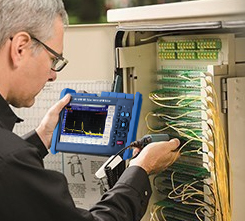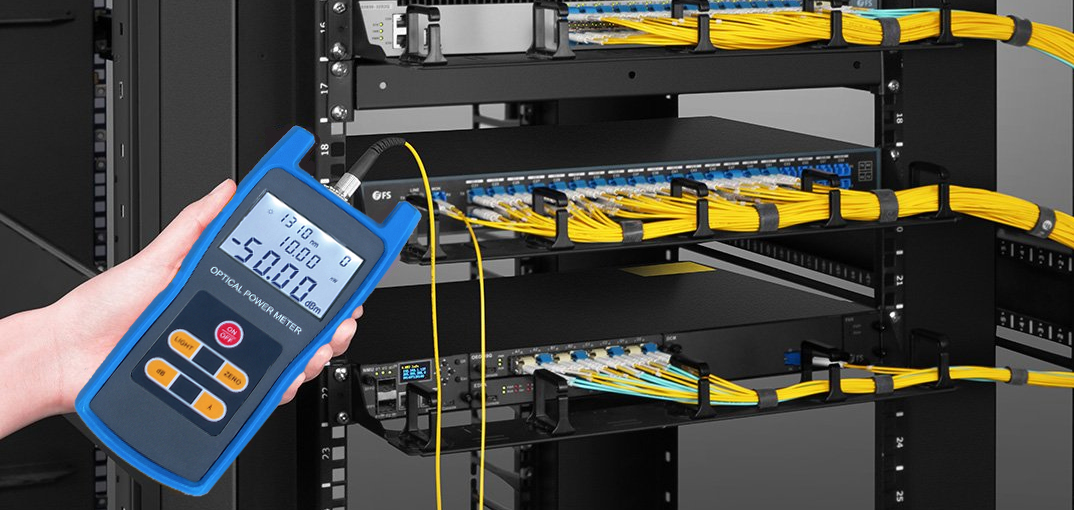 Since their inception in the 1970s, fiber optic networks have continually evolved and expanded. The emergence of 5G and FTTH (Fiber to the Home), has highlighted the importance of robust fiber testing and monitoring. Multicom products and services offer unmatched technical experience, proficiency, reliability, and collaboration with integrators and cable operators for nearly 40 years. This has yielded the industry’s premier fiber testing solutions.
Since their inception in the 1970s, fiber optic networks have continually evolved and expanded. The emergence of 5G and FTTH (Fiber to the Home), has highlighted the importance of robust fiber testing and monitoring. Multicom products and services offer unmatched technical experience, proficiency, reliability, and collaboration with integrators and cable operators for nearly 40 years. This has yielded the industry’s premier fiber testing solutions.
What Is Fiber Optic Testing?
Fiber optics have emerged as the world’s leading communication transport medium. The increasing diversity of fiber optic applications has highlighted the need for versatile, user-friendly testing solutions. Fiber optic testing encompasses the processes, tools, and standards used to test fiber optic components, fiber links, and deployed fiber networks. This includes comprehensive optical and mechanical transmission tests to verify the integrity of complete fiber network installations.
Why Do Fiber Networks Need to be Tested?
Despite the best intentions of highly trained technicians, the delicacy and scale of fiber optics can be unforgiving when it comes to contamination, micro-bending, and connector damage. Dirty connections remain the number one cause of fiber network failures. Testing the network comprehensively prior to turn-on allows any defects or damage to be detected and repaired proactively.
Fiber Optic Cable Testing Best Practices
Testing fiber optic networks is an essential part of fiber optic installation, as well as ongoing maintenance. Following some fundamental fiber testing best practices will lead to safer, more efficient, and more reliable fiber deployments and network activation.
- The importance of cleanliness in fiber installation and testing cannot be overstated. A Fiber Optic Microscope can be used as a fiber optic tester to verify the cleanliness of the core and connecting ferrules. Specialized cleaning materials are recommended for the proper cleaning of fiber optic connections. This same attention to cleanliness should be applied to reference cables and test equipment connections.
- When using a Visual Fault Locator (VFL), fiber tester for fault location, eye safety is extremely important. Since a VFL utilizes a high-intensity laser light source, neither the source nor the fiber core illuminated by the VFL should be viewed directly with the naked eye.
- The use of an Optical Light Source (OLS) and an Optical Power Meter (OPM), or a combination Optical Power Meter and Visual Fault Locator are considered good fiber test practices for ensuring that the optical power budget is within design specifications. A calibrated optical light source can be used in conjunction with an optical power meter to quantify the insertion loss of the link prior to turn-up.
- An Optical Time Domain Reflectometer (OTDR), is the recommended fiber optic test tool for detailed baselining and recording of fiber link ‘characteristics’.
- The purpose of an OTDR is to detect, find, and measure events at any location on a fiber link. Location information regarding localized loss and reflective events is generated, providing technicians with a pictorial and permanent record of the fiber’s characteristics.
- When using an OTDR, use Launch Cables to qualify the front-end and far-end connectors. A launch cable is connected between a tester and the fiber under test, and the receive cable is connected at the far end of the fiber link. It is important to note that the fiber used in the launch and receive cable should match the fiber being tested (type, core size, etc.)
- Fusion Splicers use a controlled electric arc to fuse optical fibers to one another. The goal is to fuse the two fibers together in such a way that light passing through the fibers is not scattered or reflected back by the splice, and that the splice and the region surrounding the splice are as strong as the original fiber creating a seamless, non-reflective connection from one length of fiber to another.
- Multicom manufactures a variety of the highest quality core-alignment Fusion Splicers on the market today, at the best prices and with the best warranty available. Our Fusion Splicers are not simply the splicer itself, but an all-inclusive Fusion Splicer Kit that includes everything needed for fusion splicing in the field in a convenient carrying case.
-
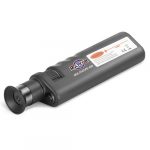
Multicom – MUL-FSCOPE-400 – Handheld Fiber Inspection Microscope
Add to Quote -
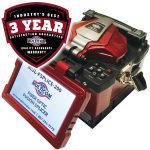
Multicom – MUL-FSPLICE-200 – Fiber Optic Fusion Splicer – Discontinued
Add to Quote -
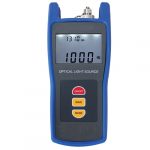
Multicom – MUL-OLS-100 – Optical Light Source for Singlemode Fiber
Add to Quote -
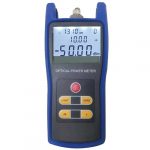
Multicom – MUL-OPM-100 – Optical Power Meter
Add to Quote -
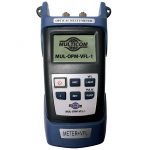
Multicom – MUL-OPM-VFL-1 – Optical Power Meter and Visual Fault Locator-Discontinued
Add to Quote -
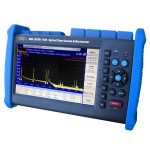
Multicom – MUL-OTDR-1100 – OTDR Optical Time Domain Reflectometer
Add to Quote -
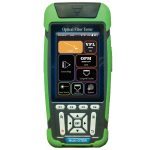
Multicom – MUL-OTDR-500 – Mini Optical Time Domain Reflectometer, VFL, OPM, OLS & Network Cable Tester
Add to Quote -
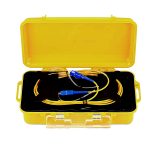
Multicom – MUL-OTDR-LCB-150M – OTDR Launch Cable Box
Add to Quote -
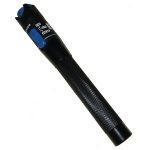
Multicom – MUL-VFL-xMW – Visual Fault Locator – 1, 10, 20, 30 & 50mW
Add to Quote

